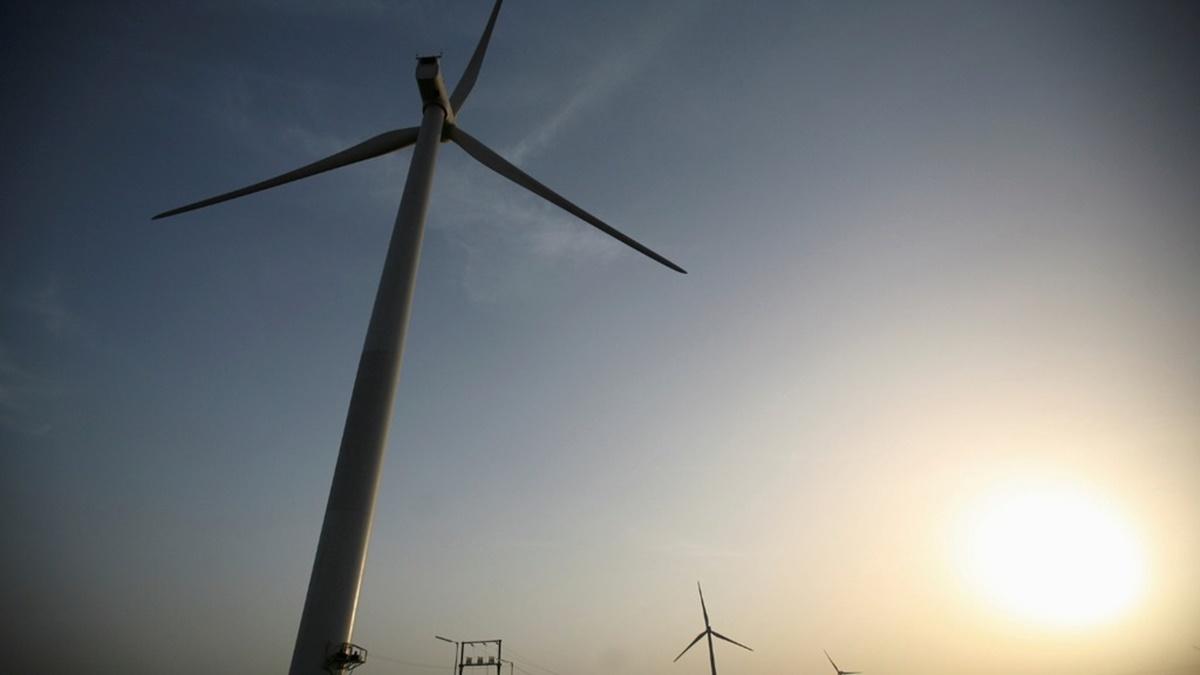India has made remarkable strides in renewable energy, achieving a historic addition of 29.52 gigawatts (GW) in the fiscal year 2024-25. This impressive growth has elevated the nation’s total installed renewable energy capacity to 220.10 GW as of March 31, 2025. In contrast, India’s renewable energy capacity was recorded at 198.75 GW in the previous fiscal year (FY24).
Solar Energy Leads the Charge
Among various renewable sources, solar energy has significantly bolstered India’s capacity, contributing 23.83 GW in the last fiscal year alone. This figure represents a substantial increase from the 15.03 GW added in the previous year, highlighting the sector’s rapid growth. The total installed solar capacity now stands at 105.65 GW, which comprises:
- 81.01 GW from ground-mounted installations
- 17.02 GW from rooftop solar systems
- 2.87 GW from hybrid project components
- 4.74 GW from off-grid solar solutions
Expansion of Manufacturing Capabilities
In addition to capacity expansion, India has ramped up its manufacturing capabilities for solar modules and cells in 2024, aiming to decrease reliance on imports. According to data from Mercom, the nation added 25.3 GW of solar module capacity and 11.6 GW of solar cell capacity, driven by increasing demand and the reimplementation of the Approved List of Models and Manufacturers.
Wind Energy Growth
The wind sector also experienced growth, adding 4.15 GW of new capacity compared to 3.25 GW in FY24, bringing the cumulative installed wind capacity to 50.04 GW.
Diverse Energy Landscape
The bioenergy sector has reached a total capacity of 11.58 GW, which includes 0.53 GW from off-grid and waste-to-energy projects. Additionally, small hydropower projects have achieved a capacity of 5.10 GW, with 0.44 GW still under development. The government notes, “These sectors continue to complement the solar and wind segments, contributing to the diversified nature of India’s energy landscape.”
Future Projects and Goals
India is currently working on 169.40 GW of renewable energy projects that are under implementation, alongside 65.06 GW that have already been tendered. This pipeline includes 65.29 GW from innovative solutions such as hybrid systems, round-the-clock (RTC) power, peaking power, and thermal plus renewable energy bundling projects.
Looking ahead, the government aims to achieve an ambitious target of 500 GW of renewable energy capacity by 2030. To support this growth, adequate infrastructure, including energy storage systems and transmission lines, will be essential.
Enhancing Energy Storage
In the fiscal year 2025-26, the Central Electricity Authority plans to approve a minimum of 13 pumped storage projects with a combined capacity of 22 GW. The majority of these projects are anticipated to be operational within the next four years, with completion targeted by 2030.
The government stated, “The development of these projects will drastically enhance energy storage capacity in the country, significantly bolstering grid reliability and supporting India’s ambitious renewable energy goals.”
As India continues its journey towards a sustainable energy future, the focus on renewable sources is set to reshape the energy landscape, making it more resilient and diversified.











